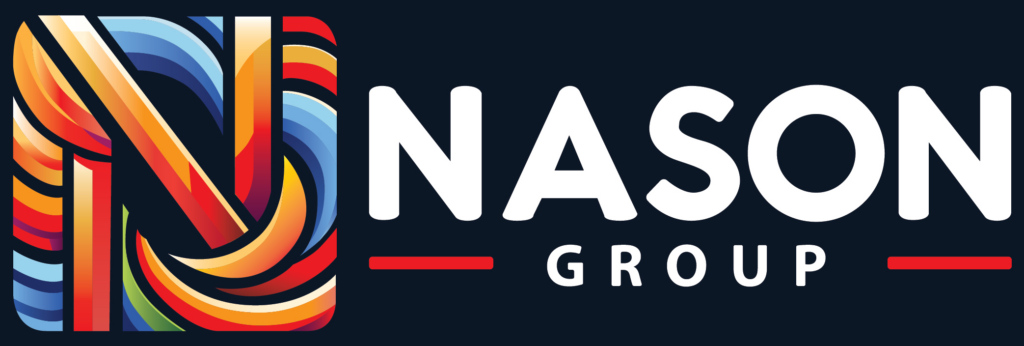Growth Without Change: The Tail Wagging the Dog
[vc_row][vc_column][vc_column_text]The idea for Wag seemed foolproof: an app to connect dog walkers with pet parents on demand. Founded in 2015 by brothers Joshua and Jonathan Viner, Wag promised dog walkers a quick and reliable income and dog owners a friendly face to check in on their furry friends.
Unfortunately, the idea was not as simple to execute as it sounds.
Before starting Wag, the Viner brothers owned a traditional dog-walking business. They saw that there was a major need for good, reliable and inexpensive dog walkers for busy pet owners who may not have time to interview and meet with dog walkers. With companies like DoorDash, Shipt, and Uber on the rise, they decided to make the leap into offering on-demand, app-based service. Although Rover, another popular dog walking service, was already established, Wag hoped to fill a niche by offering more flexibility for walkers and vetted walkers for every dog.
Wag offers customers a lockbox and dog walkers an access code for 30 to 60-minute walks or 20-minute check-ups. The service quickly became popular with celebrity endorsements from Olivia Munn and Mariah Carey and a savvy social media strategy. From 2015 to 2018, Wag expanded into over 100 cities and in 2018, struck a deal with SoftBank which valued Wag at over $600 million.
Wag faced the same issues that other companies who hire contractors face: training workers and performing background checks. Despite their expansion Wag also failed to take into account the needs required to accommodate the increasing number of customers. Reports began surfacing of dogs being lost or killed while in the care of a Wag walker. Walkers faced issues with hostile dogs who did not respond well to strangers and working as contractors provided them little protection in the event of dog bites or other injuries. Customer service representatives had no directives on how to handle these situations and the corporate staff had an unusually high turnover. Additionally, the CEO was ill-equipped to handle the specific needs of a tech company in the pet industry.
After SoftBank’s investment, Wag planned to expand globally but has only expanded to 10 more U.S. cities. The company also moved its customer service call centers to the Philippines and Phoenix, which infuriated customers and employees alike. Seasoned customer service representatives were laid off if they refused the move to Phoenix from Los Angeles. As the changes took place, more and more people began to realize that Wag was not able to sustain their growth without major changes.
The founders of Wag started with the best intentions. They saw a niche and knew how to fill it, but without continued innovative thinking, the company’s core culture was unsustainable. Competitors like Rover, however, have been able to harness creativity to grow from boarding to dog walking to cat care through their app.
Wag still has the potential to fetch major investors and customers, but they have to be willing to continually innovate. Although Wag started with a truly innovative idea, continuing to pursue the same path, no matter how innovative it was at the onset, is not the same as continually innovating. Instead, Wag must adapt and disrupt the ever-growing app-based service market with new ideas.
As a business grows, it cannot lose sight of its roots. The original need, which in Wag’s case was keeping animals and employees safe and providing a quality service, is what business owners and employees have to fall in love with (and stay in love with). When the goals stray too far from the original need and the solutions being pushed do not propel that need forward, growth will not account for much in the end.
[/vc_column_text][vc_empty_space][/vc_column][/vc_row]
